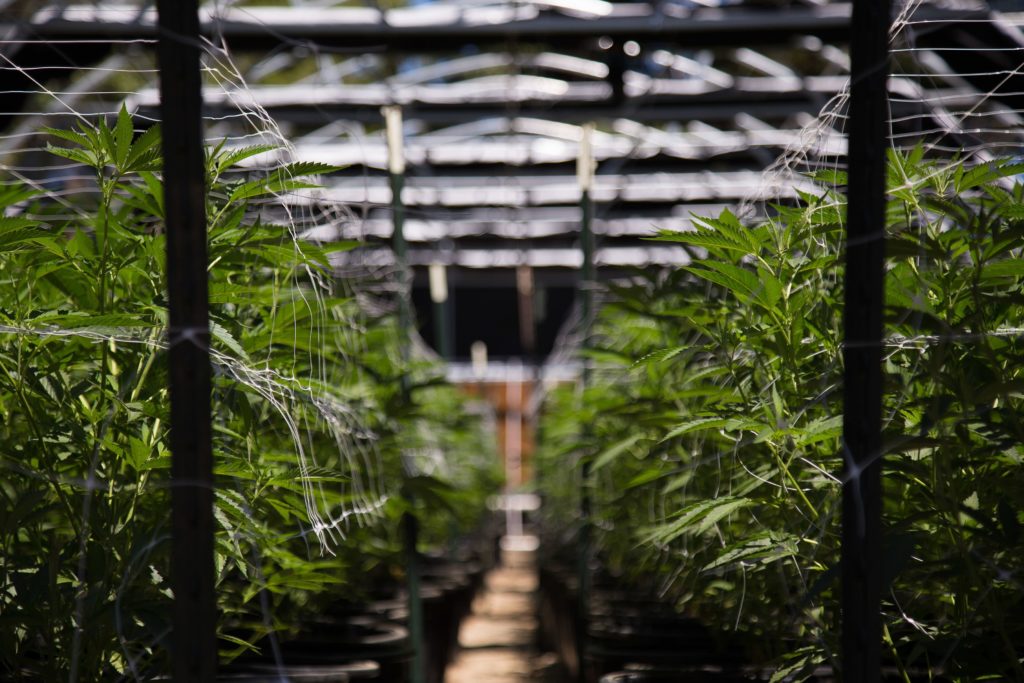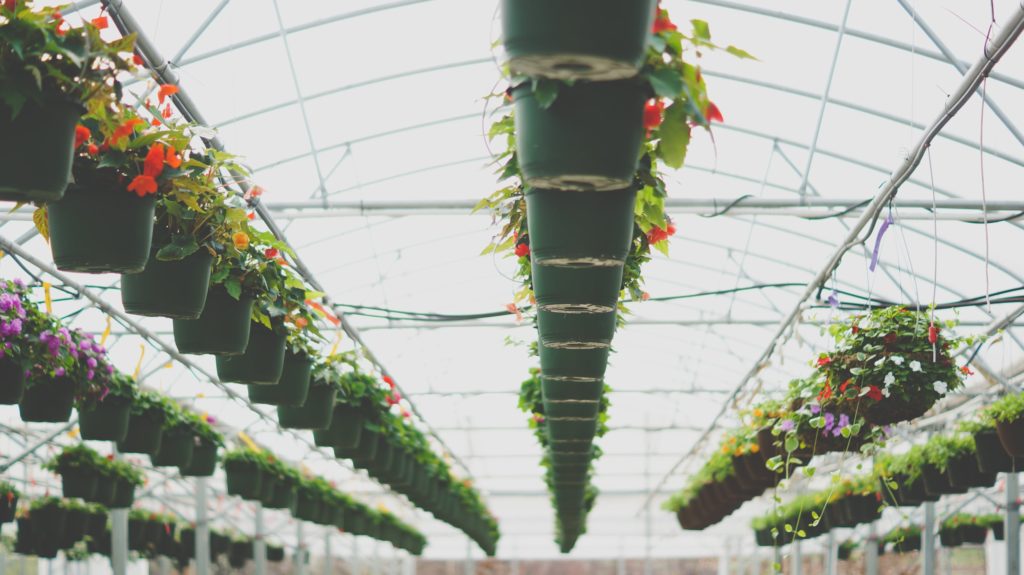Before making an upgrade, greenhouse growers need to ensure the technology is right and fit for their operation. This will usually depend on the grower, size of operation, and crops to be grown.
Owners may find it beneficial to gather additional advice from other growers and experts with the experience of installing new upgrades and improvements. A residential greenhouse manufacturer can provide the services to ensure that technological upgrades are suited to the greenhouse and these improvements encourage overall efficiency.
Greenhouse owners need to consider their profit and loss statement and analyze how much they are spending on direct costs, labor, and overhead. Upgrades may be necessary and appropriate but more costly than expected. In the long run, expensive solutions allow operations to continue efficiently.
Reasons for an Upgrade
There are many reasons why a greenhouse may need an upgrade. Greenhouse owners need to recognize the signs that a greenhouse needs a change or an improvement. An upgrade may be necessary if plants are not growing, workers are discontented, or production costs are too high. Changes could also be a response to a safety compliance requirement, an anticipated maintenance, or a new crop that needs different lighting. Improvements are likely to lead to a lower energy bill and a more efficient overall operation.
An old or outdated greenhouse can increase expenses because of the inefficient use of energy. Wasted energy can be the result of air leaks or malfunctioning heating units. The older a greenhouse, the higher the likelihood of air leaks in its system. Early detection with regular inspection of the glazing, walls, doors, vents, and fans of a greenhouse means can prevent problems in the long run.
Decisions to upgrade depend on the availability and cost of labor. Better technology can reduce the required number of workers in a greenhouse. New technology can also attract more skilled workers to a greenhouse in the midst of a labor shortage.
Common Upgrades

Greenhouse automation often involves a flat filler, in-feed conveyor, or plug popper. Growers should be aware of their current rate of production and have their budget prepared before making a decision about an upgrade. An automation upgrade will be more cost-effective and beneficial for an operation if more information is gathered and studied.
One important factor to consider is the goal for return of investment (ROI). In the greenhouse growing industry, this rate is dependent on and driven by the shortage and increasing cost of labor. Some growers are more willing to have equipment with a longer ROI if their operation requires fewer employees.
Boom Irrigation Controllers
Most traditional irrigation systems involve a circuit board controlled by a keypad and screen. A touch irrigation controller allows Wi-Fi connectivity and allows booms and scheduling to be controlled with a single interface. Its estimated ROI comes between six months to a year. Boom irrigation controllers can include automated watering systems. These are flexible and reduce the need to water plants by hand.
Greenhouse owners can experience greater crop yield, improved operational efficiency, and a reduction in labor costs by installing new technological upgrades.

